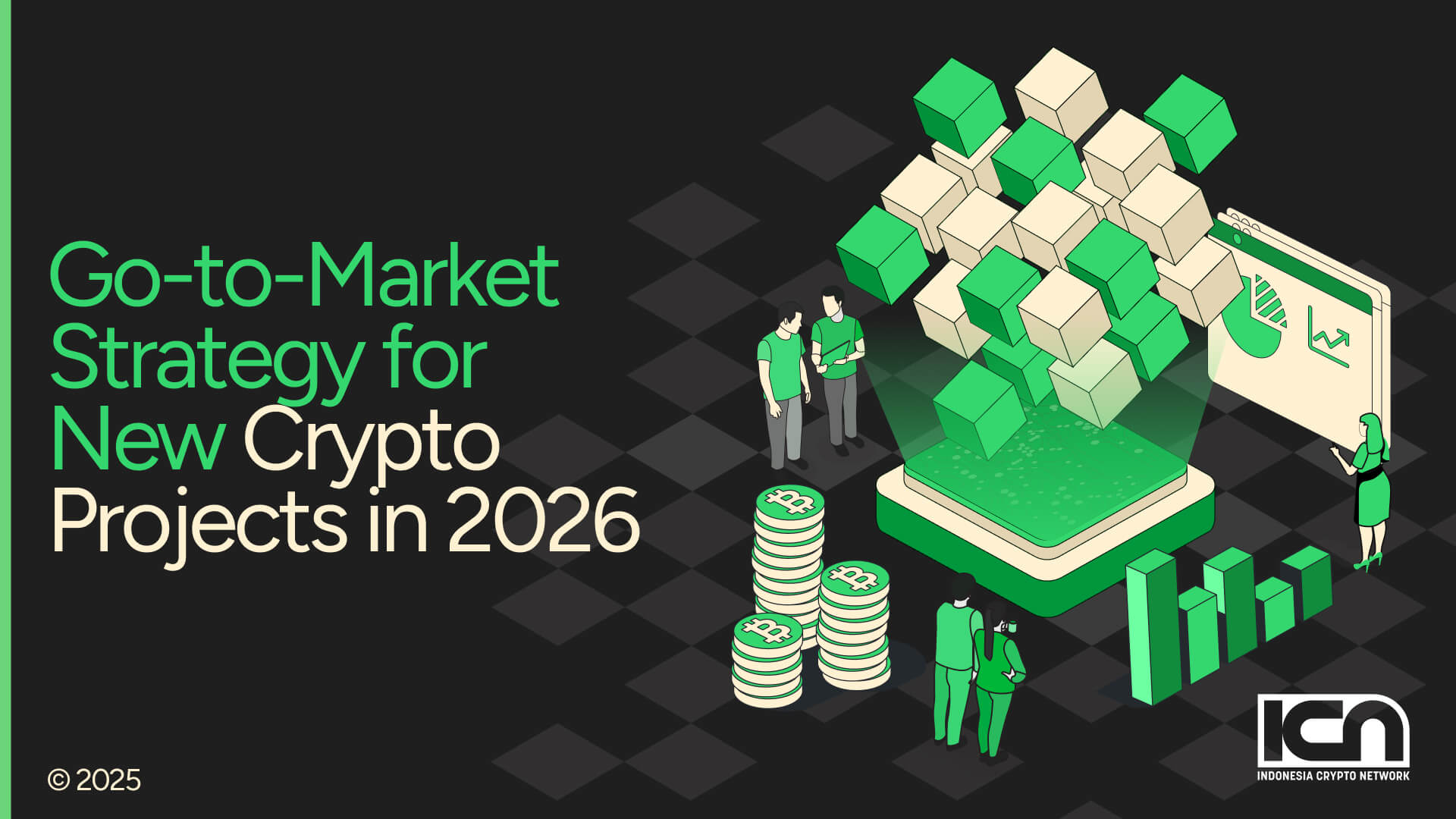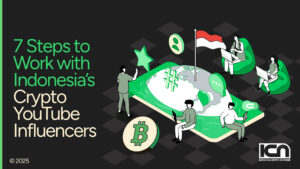Launching a blockchain in 2026 is no longer just about code — it’s about building trust, traction, and long-term value. In a landscape where technology is abundant, what separates success from noise is how well teams connect their innovation to real human adoption. The following strategy walks through how a blockchain can move from an idea to a thriving, liquid ecosystem.
From Ideation to Validation
Every blockchain starts with a vision: solving something broken, inefficient, or inaccessible. The best projects don’t rush to tokenize, they validate first. That means publishing a lightpaper, releasing an early prototype, and gathering feedback from developers or potential users before raising capital.
This early phase is where narrative clarity forms. A blockchain that defines its “why” whether tackling scalability, privacy, or new interoperability standards stands out in a sea of protocols that sound the same. Validation ensures the technology exists for a reason beyond speculation.
Read more: How to Run Web3 Campaigns That Actually Work in Indonesia
Building a Community that Builds with You
Once the idea is proven, the next challenge is people. A blockchain without a community is just code; without developers, it can’t evolve. Momentum begins long before launch — in Discord servers, Twitter threads, and testnet quests. Early supporters want to be part of something, not just watch from afar.
Opening public channels early and sharing authentic progress creates belonging. AMAs, beta invites, or NFT badges turn followers into early builders. For developers, clear documentation, small grants, and hackathons are the on-ramps to deeper involvement.
Localizing content also matters: Southeast Asia, Latin America, and Europe are among the fastest-growing Web3 regions. According to DappRadar (2025), Southeast Asia’s on-chain activity has grown 45% year-over-year, evidence that adoption now begins where mobile-first users dominate. When done right, a community doesn’t just grow; it builds alongside you.
Read more: How to Run a $10K Crypto Marketing Campaign in Indonesia
Designing Tokenomics That Drive Long-Term Growth
As momentum builds, incentives must align. Tokenomics isn’t about token supply, it’s about behavior design. The goal is to reward participation, not speculation. Projects that reserve most tokens for community and ecosystem growth tend to maintain healthier long-term distribution. Lockups and multi-year vesting for insiders send the right signal: the project is here for the long game.
Utility should exist from day one — whether through staking, governance, or gas payments. Incentivized testnets, referrals, and dApp deployments turn activity into engagement. What separates sustainable ecosystems from short-lived ones is transparency: clear token schedules, open emissions data, and real-world use cases that give the token purpose beyond trading.
Regulation as a Launch Advantage
By 2026, regulation has evolved from a barrier into a badge of legitimacy. The U.S. still wrestles with the SEC’s uncertain stance, while the EU’s MiCA framework has introduced standardized disclosure rules for token issuers. Across Asia, regions like Singapore, Hong Kong, and the UAE are paving the way with structured licensing models.
Indonesia is also moving fast. Under the PPSK Law (No. 4/2023), crypto regulation now falls under Otoritas Jasa Keuangan (OJK). Digital assets are legal to trade but must comply with tax, KYC, and reporting obligations. With over 15 million crypto investors and rising institutional interest, Indonesia represents one of the largest and most dynamic Web3 markets in Asia.
Projects that embed compliance and user protection from the start, including AML systems, transparent governance, and data security will gain both institutional confidence and user trust. Regulatory clarity, once a constraint, is now a strategic moat.
Read more: Indonesia’s Crypto Regulation: A Full Guide for Companies
Blending Web3 Authenticity with Web2 Reach
Once the foundation is solid, visibility becomes the next frontier. In Web3, visibility isn’t about noise but trust. The most effective projects blend the authenticity of Web3 transparency, open communication, and community interaction with the distribution power of Web2.
They tell stories through long-form explainers, quests, and AMAs while using traditional media, SEO, and paid campaigns to educate beyond crypto-native circles. Content becomes education, not hype; marketing becomes storytelling, not speculation.
A good launch follows a rhythm: months before, announce testnets, developer updates, and quests; in the final weeks, run bootcamps, teasers, and partnerships; then celebrate publicly at mainnet. Yet the real momentum starts after launch. Sharing milestones, case studies, and ecosystem updates turns credibility into compounding trust keeping your project relevant long after the token goes live.
From Testnet to Liquidity: Executing the Launch
When the testnet opens, preparation turns into proof. Phased releases first validators, then developers, then public users help collect real performance data and stress-test scalability. Incentivized testnets typically allocate a small share of tokens (0.5–3% of supply) to reward meaningful participation.
As mainnet approaches, details matter: smart contract audits, claim mechanisms, and liquidity seeding. Listing on at least one major exchange close to the token generation event ensures accessibility, while decentralized liquidity pools (DEXs) support stability and autonomy. Partnering with market makers and using Liquidity Bootstrapping Pools (LBPs) can help maintain healthy spreads and prevent early price distortion.
Each new listing, partnership, or integration should be treated as a story and an opportunity to remind the market why your blockchain exists.
Sustaining Growth Beyond Launch
After the spotlight fades, sustainability begins. Growth is no longer about campaigns, it’s about loops. Track what matters: active users, retention, total value locked (TVL), and on-chain activity. But more importantly, create systems where each success drives the next one.
Referral programs turn users into evangelists. Developer grants lead to apps, which attract more users, which bring more developers. Regional ambassadors create localized content that drives authentic, bottom-up adoption. With each loop, the ecosystem compounds.
Projects like Arbitrum and Sui show this clearly. Arbitrum built usage first and rewarded real users later with a retroactive airdrop, which doubled its active addresses in a week. Sui took an education-first approach, running multi-wave testnets and engaging developers early. Both focused on participation over speculation and it paid off.
The Discipline to Win
The blockchains that will lead in 2026 won’t be those that shout the loudest, but those that execute with discipline. They validate before raising, build before tokenizing, and launch with transparency. In the end, a true GTM strategy connects technology with people — and people with purpose. When done cohesively, it transforms a single launch event into the start of an enduring ecosystem.
ICN Your Indonesia-Focused Go-to-Market Partner
For Web3 projects expanding into Indonesia, ICN turns strategy into execution.
We combine deep local understanding with global crypto expertise from tokenomics design and OJK-compliant launch planning to community growth localized in Bahasa Indonesia. ICN helps international teams bridge that gap by localizing brand narratives, building strategic partnerships, and activating communities that convert curiosity into adoption.
Our diverse portfolio from exchanges and infrastructure protocols to DeFi and gaming platforms demonstrates proven results. You can explore our case studies and past collaborations in the Our Works section. With ICN, your blockchain doesn’t just launch it lands with impact. If you’re ready to grow your Web3 project in Indonesia, contact us today.




